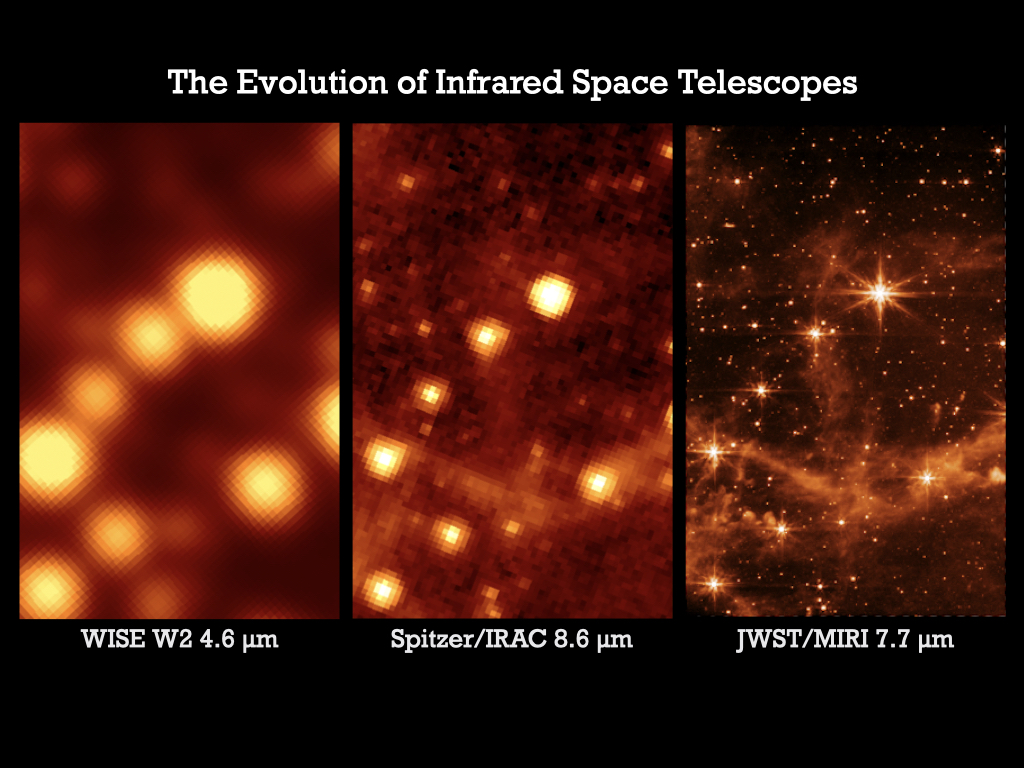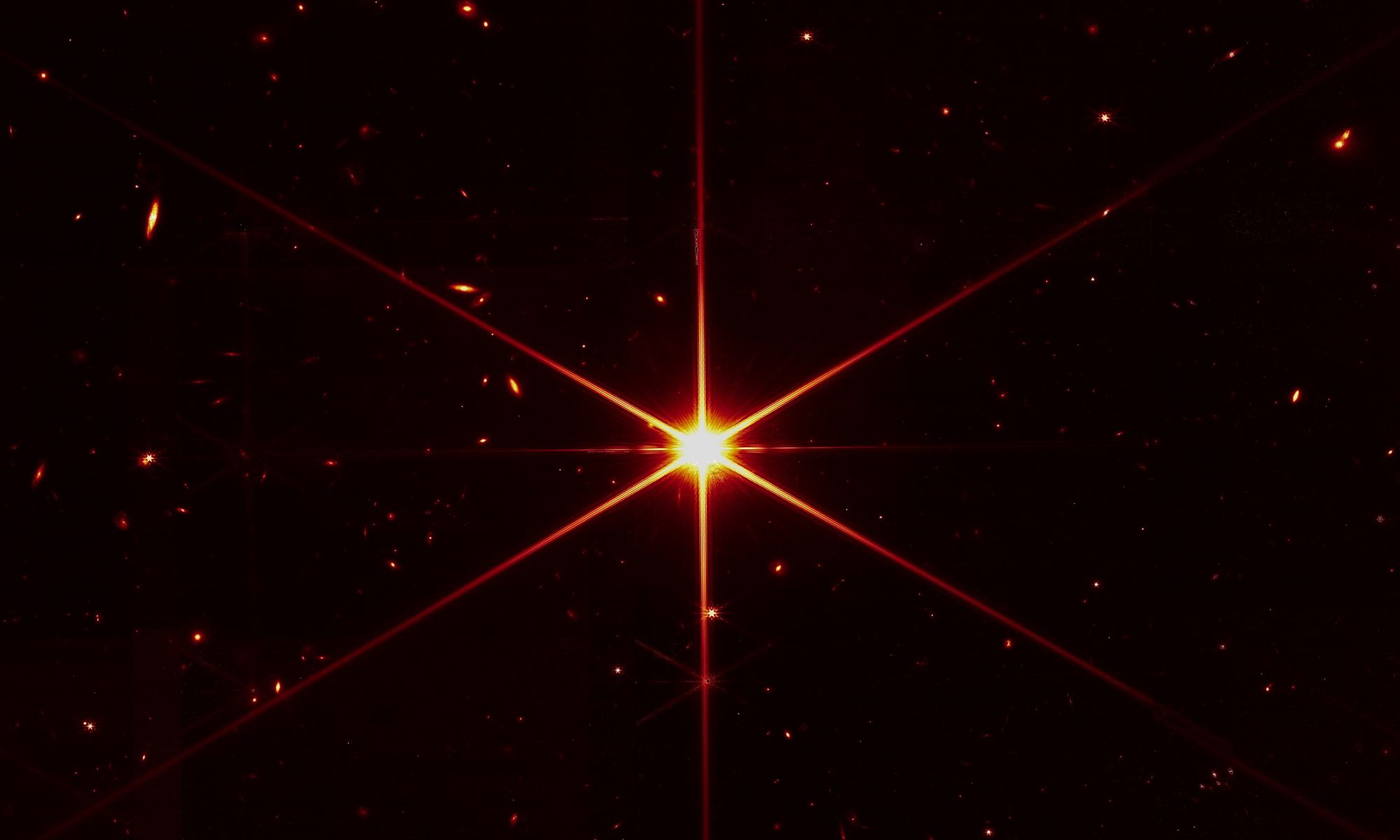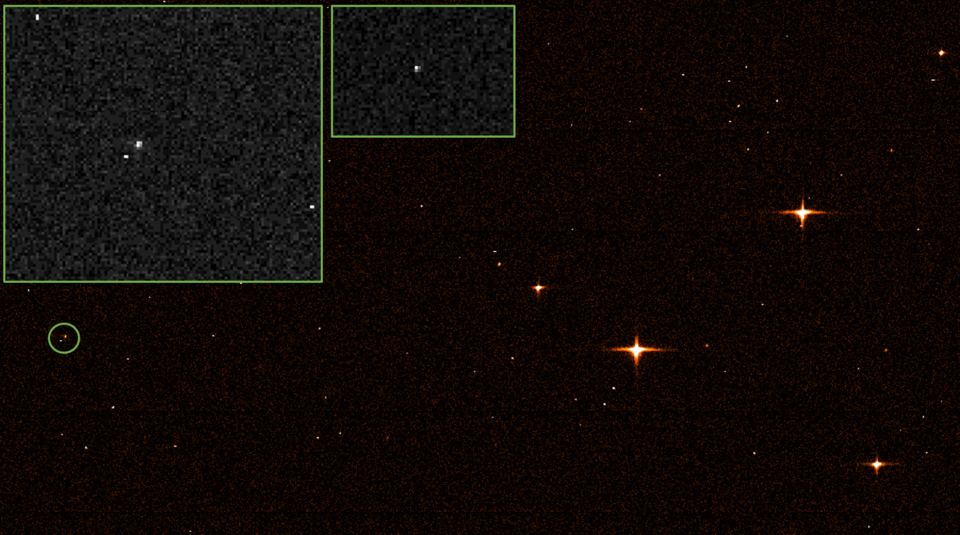The images released by the James Webb Space Telescope team last week aren’t officially ‘first light’ images from the new telescope, but in a way, it feels like they are. These stunning views provide the initial indications of just how powerful JWST will be, and just how much infrared astronomy is about to improve.
Continue reading “Now, We can Finally Compare Webb to Other Infrared Observatories”Prepare Yourself: New Engineering Images from JWST Will Blow Your Mind
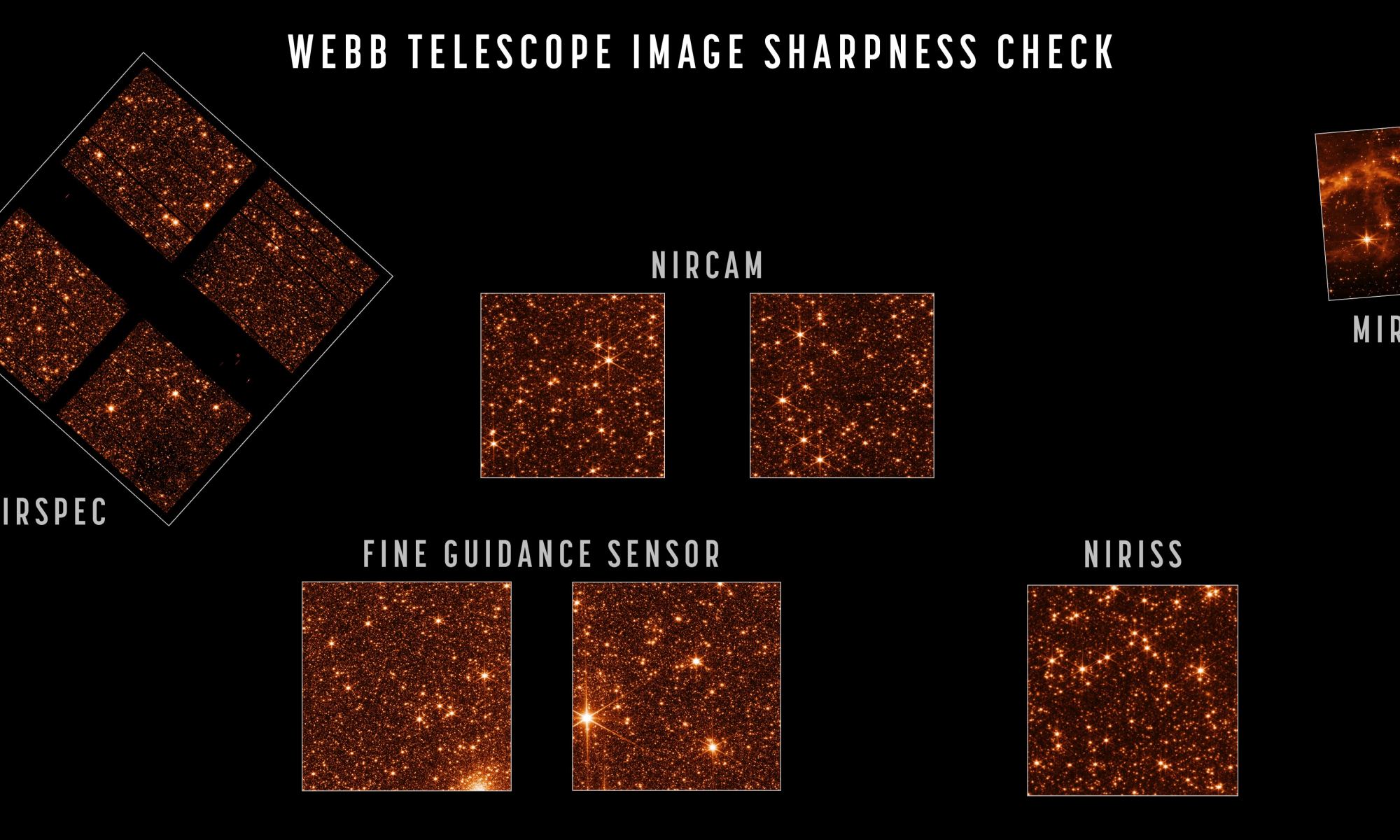
If the phrase “My god, it’s full of stars” was ever appropriate, it’s today, because of these new images from the James Webb Space Telescope. These are ‘just’ engineering images, mind you, but they are incredible. The number of stars and galaxies visible in each image is just remarkable, not to mention the crisp clarity in the fields of view.
Continue reading “Prepare Yourself: New Engineering Images from JWST Will Blow Your Mind”Webb Has Almost Reached its Final, Coldest Temperature
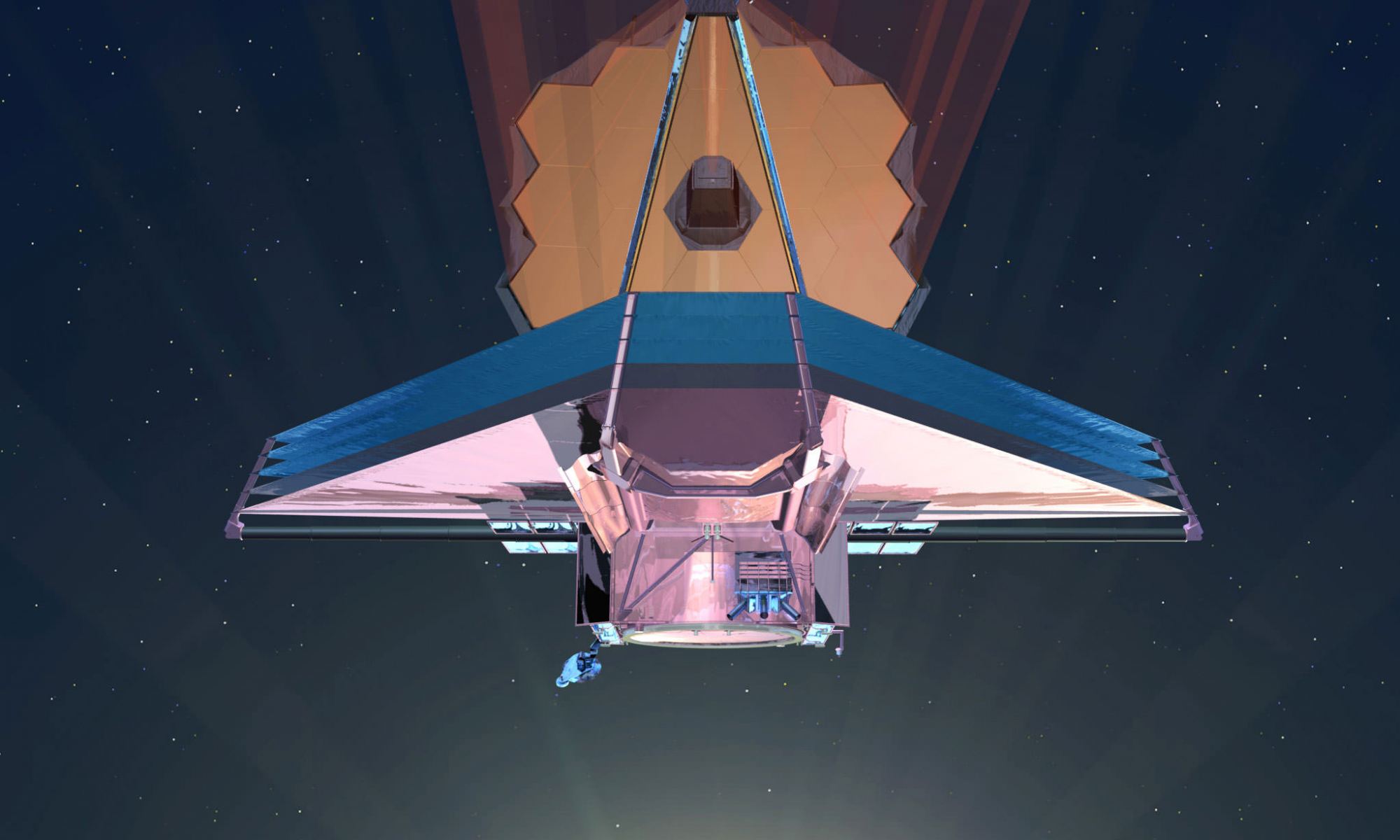
Launched on December 25, 2021 from ESA’s launch site in Kourou, French Guiana aboard an Ariane 5 rocket, the James Webb Space Telescope (JWST) reached its final orbit at the L2 Lagrange point on January 24, 2022. It has since performed several operations to get it ready for its observing mission which should begin in about a month.
As part of getting it ready for its mission, NASA has been cooling off its instruments, such as the Mid-Infrared Instrument (MIRI), to operating temperatures. Now that they have reached that point, all that’s left to cool down are the mirrors.
Continue reading “Webb Has Almost Reached its Final, Coldest Temperature”
Brrr. Webb’s MIRI has Reached 6.4 Kelvin, Just a few Degrees Above Absolute Zero
The latest update on the James Webb Space Telescope literally sent a shiver down my spine! The telescope’s Mid-Infrared Instrument (MIRI) has now reached its operating temperature of a chilly 7 kelvins (7 deg above absolute 0, or -266 degrees C,-447 degrees F).
MIRI has now been turned on and is undergoing initial checkouts.
Continue reading “Brrr. Webb’s MIRI has Reached 6.4 Kelvin, Just a few Degrees Above Absolute Zero”It’s Been Three Months in Deep Space, and Webb’s Mid-Infrared Instrument is Still Cooling Down
The James Webb Space Telescope continues to cool down out at its location at Lagrange Point 2, about 1.5 million kilometers from Earth. Since JWST is an infrared telescope, it needs to operate at extremely low temperatures, less than 40 K (-223 degrees Celsius, -369.4 degrees Fahrenheit). But one instrument needs to be even colder.
To operate at peak efficiency, Webb’s Mid-Infrared Instrument (MIRI) must be cooled to a chilly 7 K (-266 C, -447 F). And it will need a little help to reach those frigid temps.
Continue reading “It’s Been Three Months in Deep Space, and Webb’s Mid-Infrared Instrument is Still Cooling Down”Wondering About the 6 Rays Coming out of JWST's Test Image? Here's why They Happen
At the Space Telescope Science Institute (STSI) in Baltimore, Maryland, NASA engineers are busy aligning the mirrors and instruments on the James Webb Space Telescope (JWST). In the meantime, the mission team has provided us with another glimpse of what this observatory – a successor to the venerable Hubble Space Telescope – will see once it is fully operational. The latest teaser is a “telescope alignment evaluation image” of a distant star that looks red and spiked!
Continue reading “Wondering About the 6 Rays Coming out of JWST's Test Image? Here's why They Happen”ESA’s Gaia Just Took a Picture of L2 Neighbor JWST
Oh, hello there new neighbor! In February, the Gaia spacecraft took a picture of its new closest companion in space at the second Lagrangian point, the James Webb Space Telescope.
Gaia is an optical telescope that is mapping out our galaxy by surveying the motions of more than a thousand million stars. Astronomers for the mission realized that once JWST reached L2, it would be in Gaia’s field of view. It spied JWST when the two spacecraft were a million km apart.
Continue reading “ESA’s Gaia Just Took a Picture of L2 Neighbor JWST”Webb has Now Taken the Sharpest Image the Laws of Physics Allow
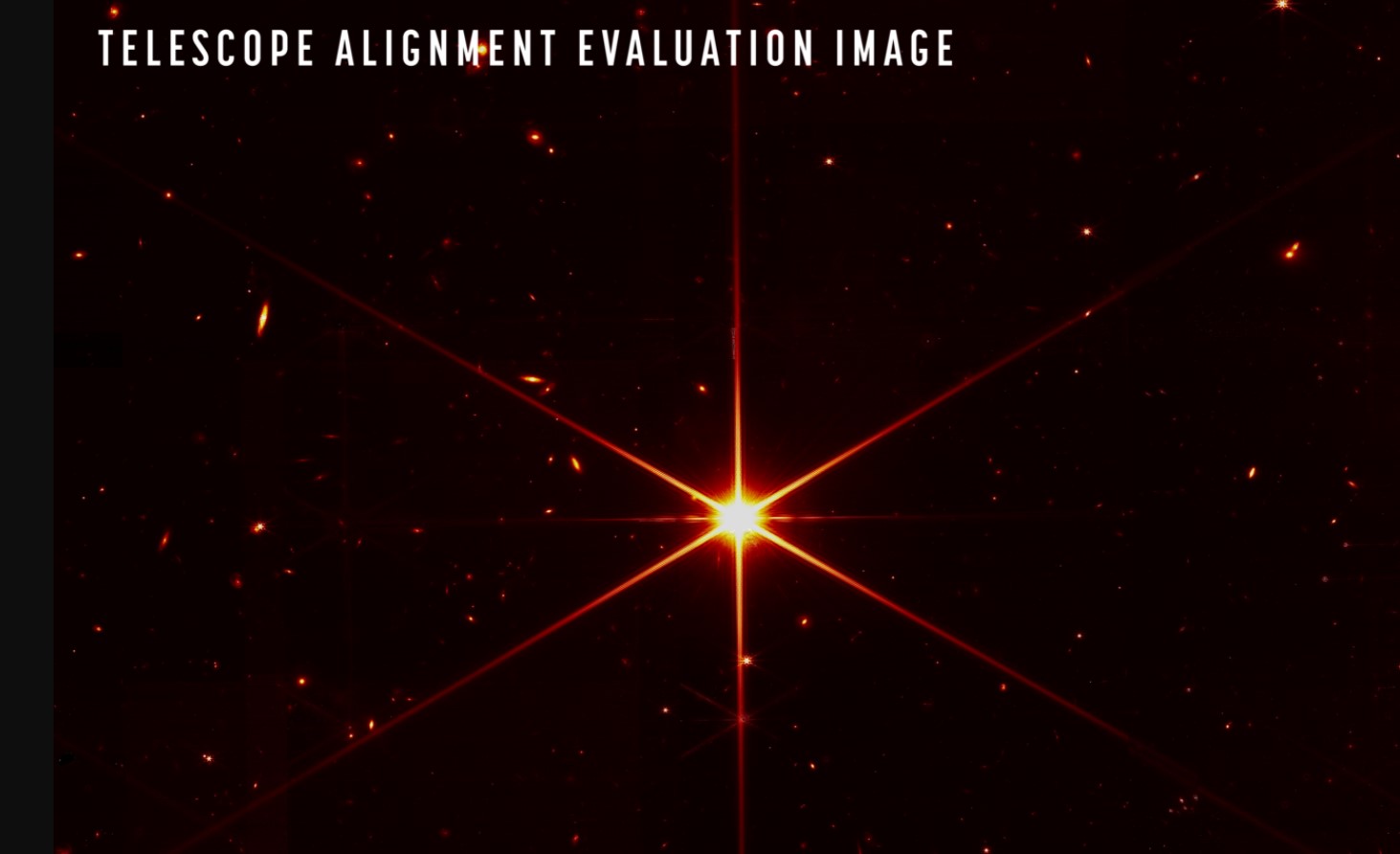
Engineers and scientists for the James Webb Space Telescope have completed two more steps in the telescope’s primary mirror alignment process, and in a briefing today, officials said JWST’s optical performance appears to be better than even the most optimistic predictions.
The team released a new engineering image, showing the star 2MASS J17554042+6551277 in crisp clarity. This image demonstrates that all 18 mirror segments have been precisely aligned to act as one giant, high-precision 6.5-meter (21.3-foot) primary telescope mirror.
Continue reading “Webb has Now Taken the Sharpest Image the Laws of Physics Allow”Webb turns those 18 separate star images into a single unified star. Next comes even better focus.
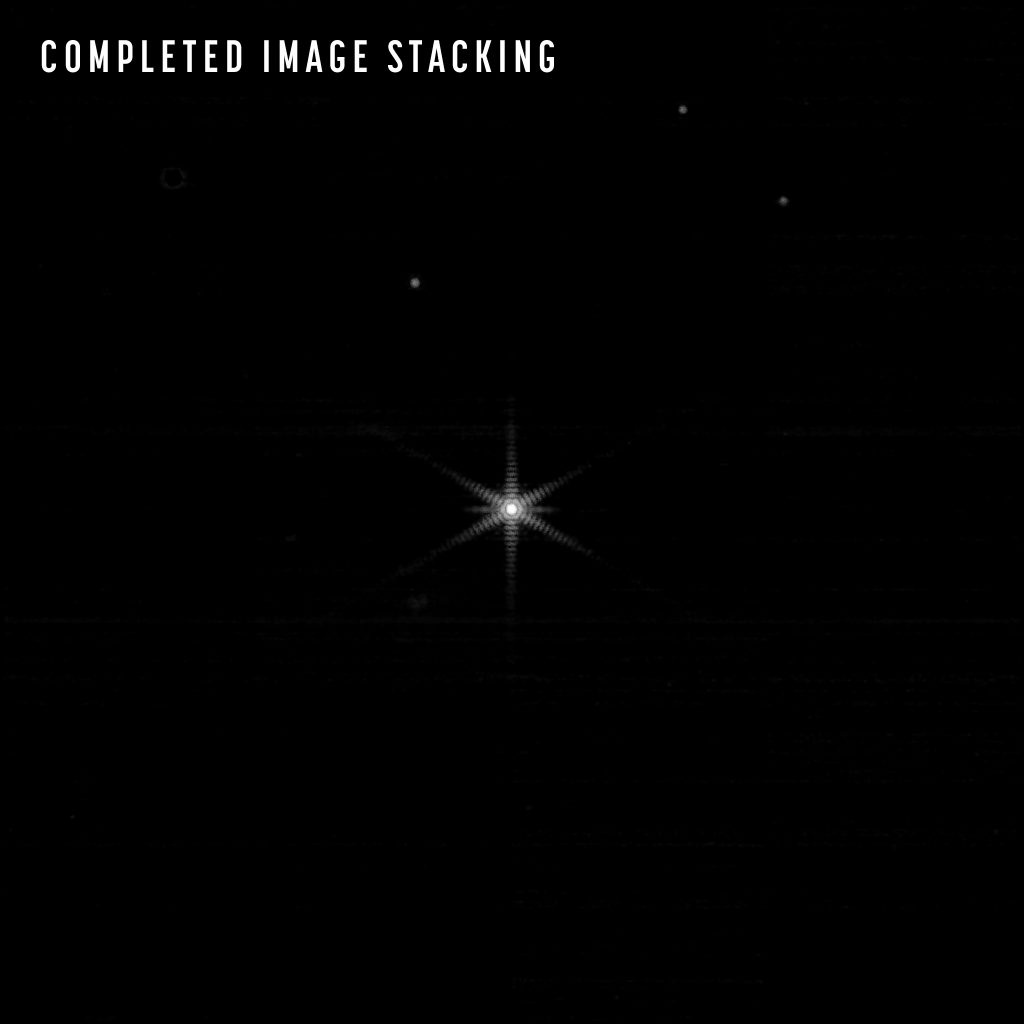
It’s coming together! Engineers for the James Webb Space Telescope have now completed two more phases of the seven-step, three-month-long mirror alignment process. This week, the team made more adjustments to the mirror segments along with updating the alignment of its secondary mirror. These refinements allowed for all 18 mirror segments to work together — for the first time — to produce one unified image.
Continue reading “Webb turns those 18 separate star images into a single unified star. Next comes even better focus.”Here’s Exactly how Engineers Are Aligning JWST’s Segmented Mirrors
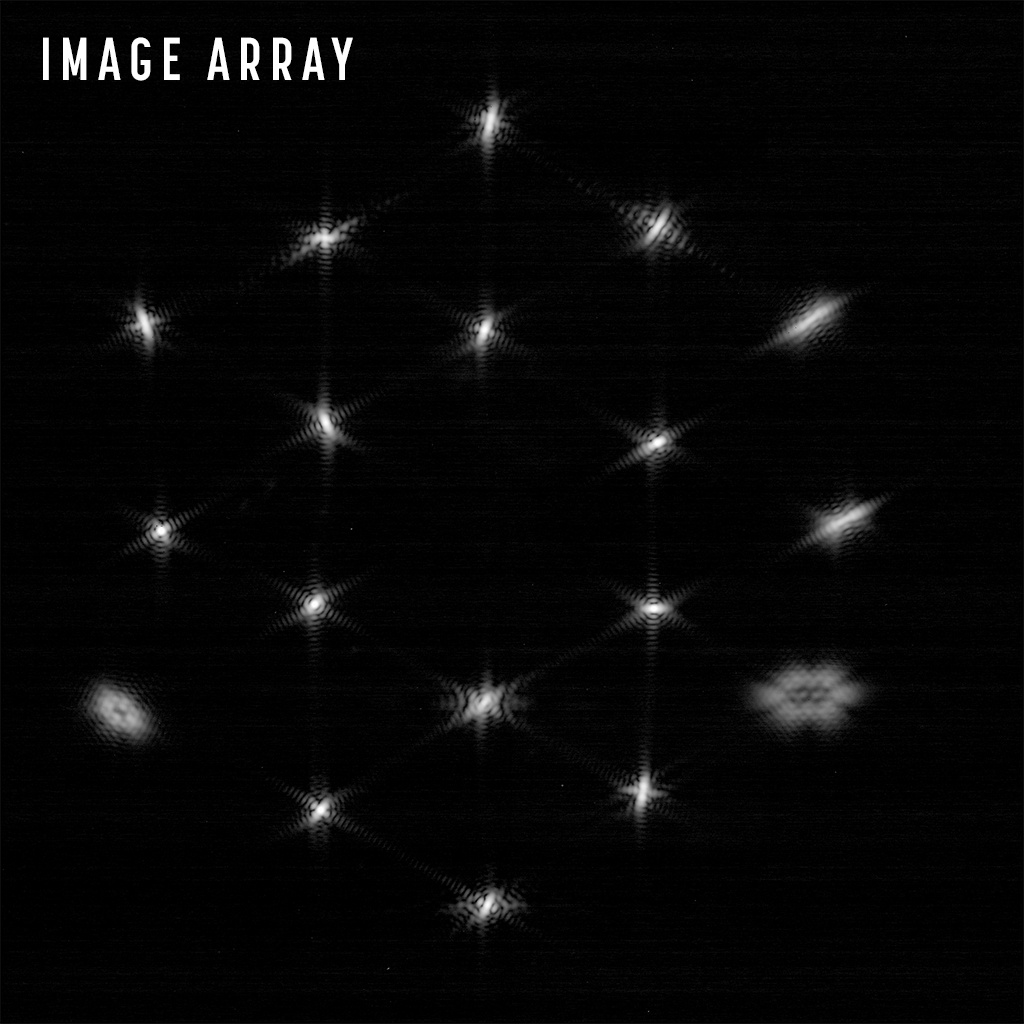
Engineers for the James Webb Space Telescope are in the midst of an intricate, three-month-long process of aligning the telescope’s 18 separate mirror segments to work together as one giant, high-precision 6.5-meter (21.3-foot) primary telescope mirror.
This process, called phasing, began in early February and includes seven different steps, which goes from taking the mirrors’ initial placements after they were deployed to doing a “coarse” and then “fine” alignment, and then making sure the mirror works with all four of Webb’s instruments and their various fields of view.
Continue reading “Here’s Exactly how Engineers Are Aligning JWST’s Segmented Mirrors”
